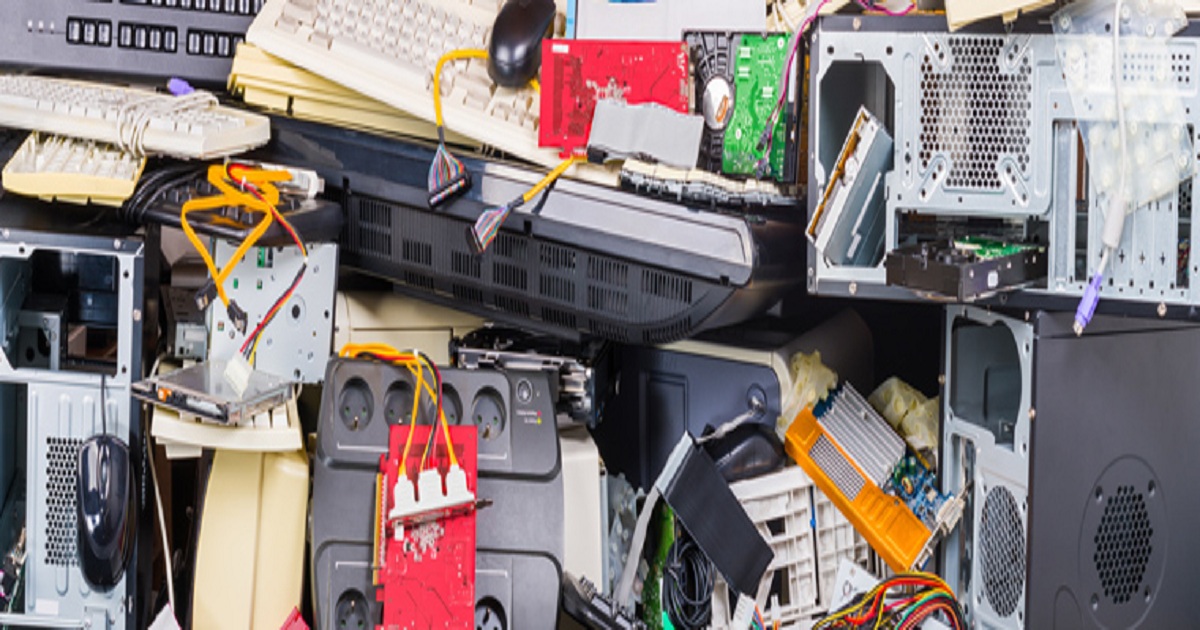What challenges do consumer electronics companies face in addressing their chemical footprint?
Chemical Watch | February 27, 2020

Across the globe as much as 50m tons of electronic and electrical waste are produced each year, and, if current trends continue, this figure could more than double by 2050, according to a 2019 report from the Platform for Accelerating the Circular Economy (PACE) and the UN E-Waste Coalition. Consumer electronics, such as smartphones, computers, TVs and cameras, account for half of all e-waste, with household appliances and heating and cooling equipment making up the rest. Reducing and eliminating hazardous chemicals and materials, used to build components and devices, is one major way that governments, consumer electronic companies and NGOs are working together to address the toxicity aspect of e-waste. Toxic compounds used in electronics include heavy metals such as lead, mercury, cadmium and beryllium, as well as some flame retardants, such as polybrominated biphenyls (PBBs) and brominated flame retardants (BFRs).